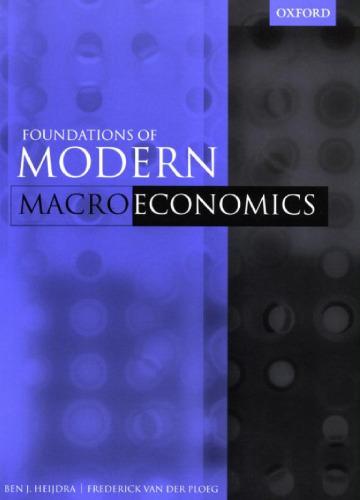Figure 11.16. Phase diagram for the Dornbusch model arrows in Figure 11.16. More formally we can derive
Question:
Figure 11.16. Phase diagram for the Dornbusch model arrows in Figure 11.16. More formally we can derive the same result by noting that I 1.74) implies:
(a e EMYEYQ which shows that the interest parity condition introduces an unstable element into the economy in the sense that exchange rate movements are magnified, rather than dampened, according to (11.76).
The p = 0 line is obtained by taking the second equation in (11.74) and solving it for e as a function of p and the exogenous variables:
(E YR + EMREYQV EMREYGg E YR M (EMR EMY E YR e +p* = (11.77)
EMREYQ
Fantastic news! We've Found the answer you've been seeking!
Step by Step Answer:
Related Book For 

Foundations Of Modern Macroeconomics
ISBN: 9781264857937
1st Edition
Authors: Ben J. Heijdra, Frederick Van Der Ploeg
Question Posted:






